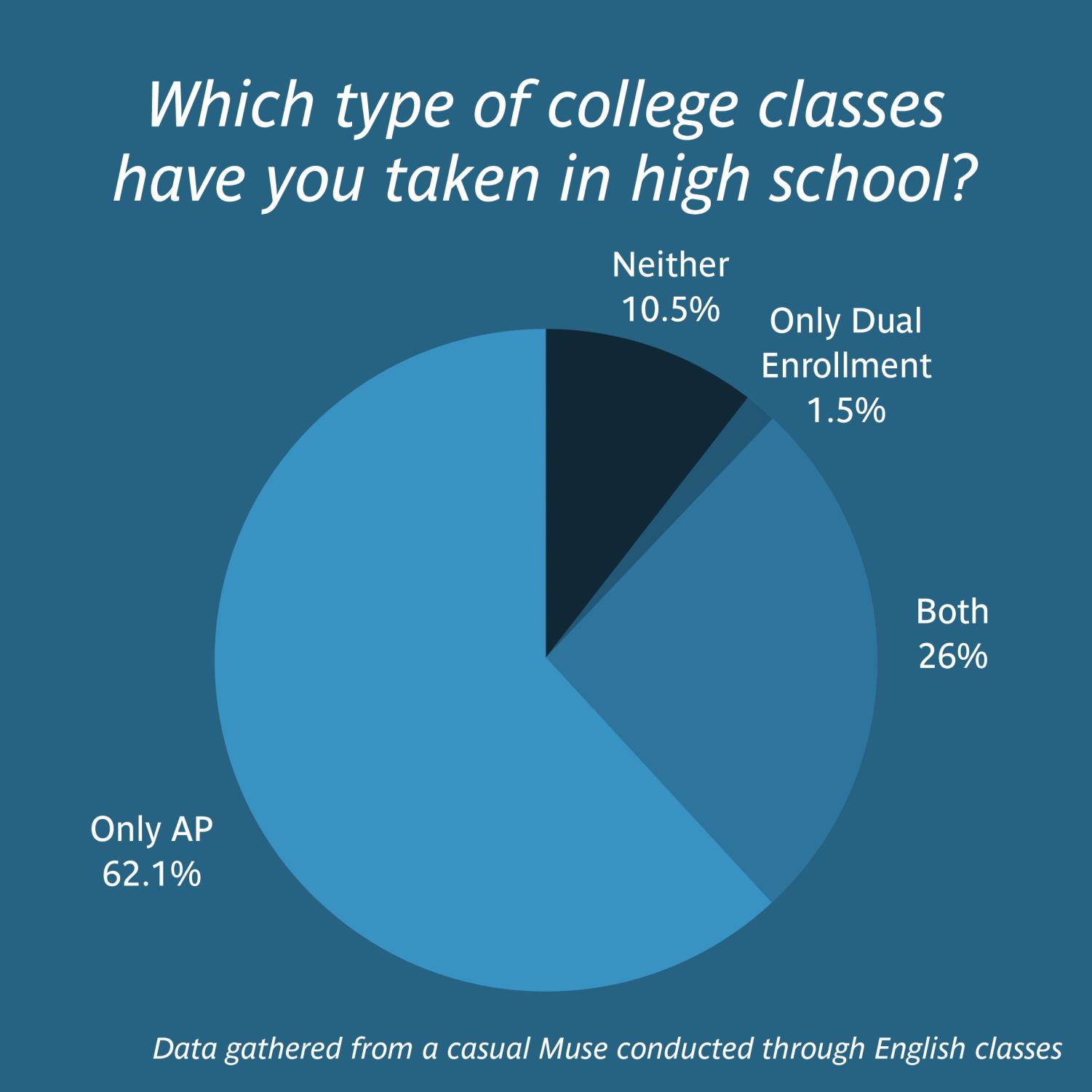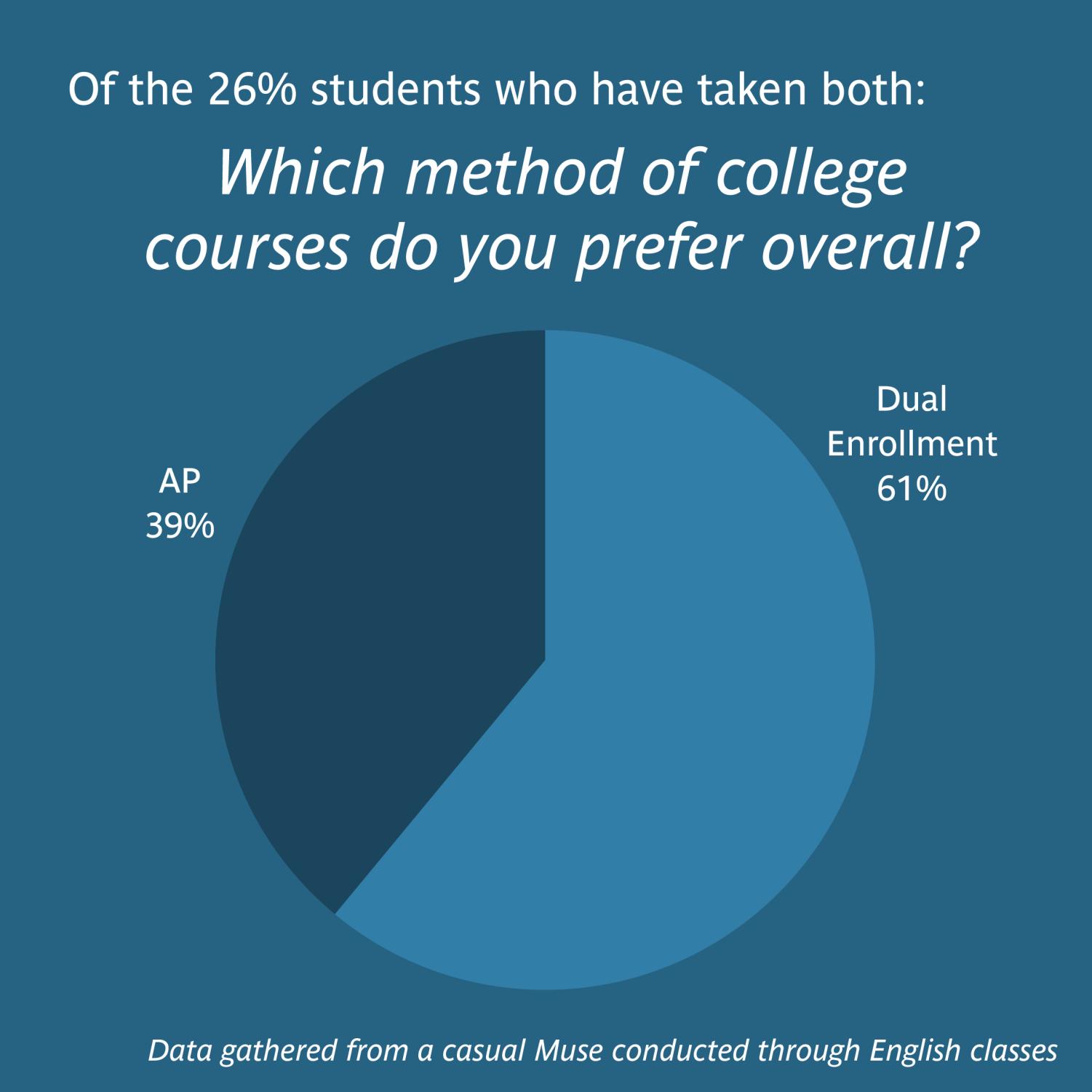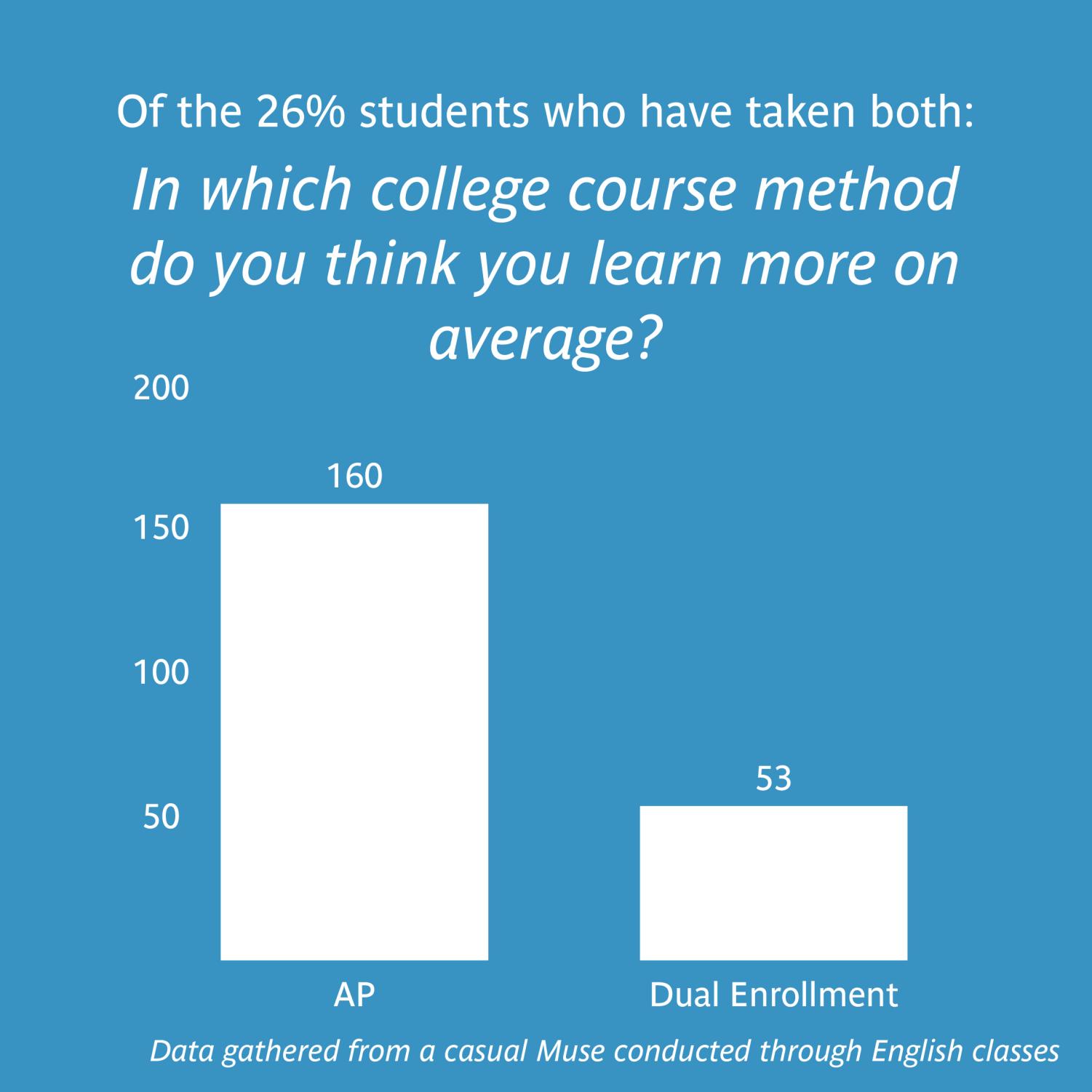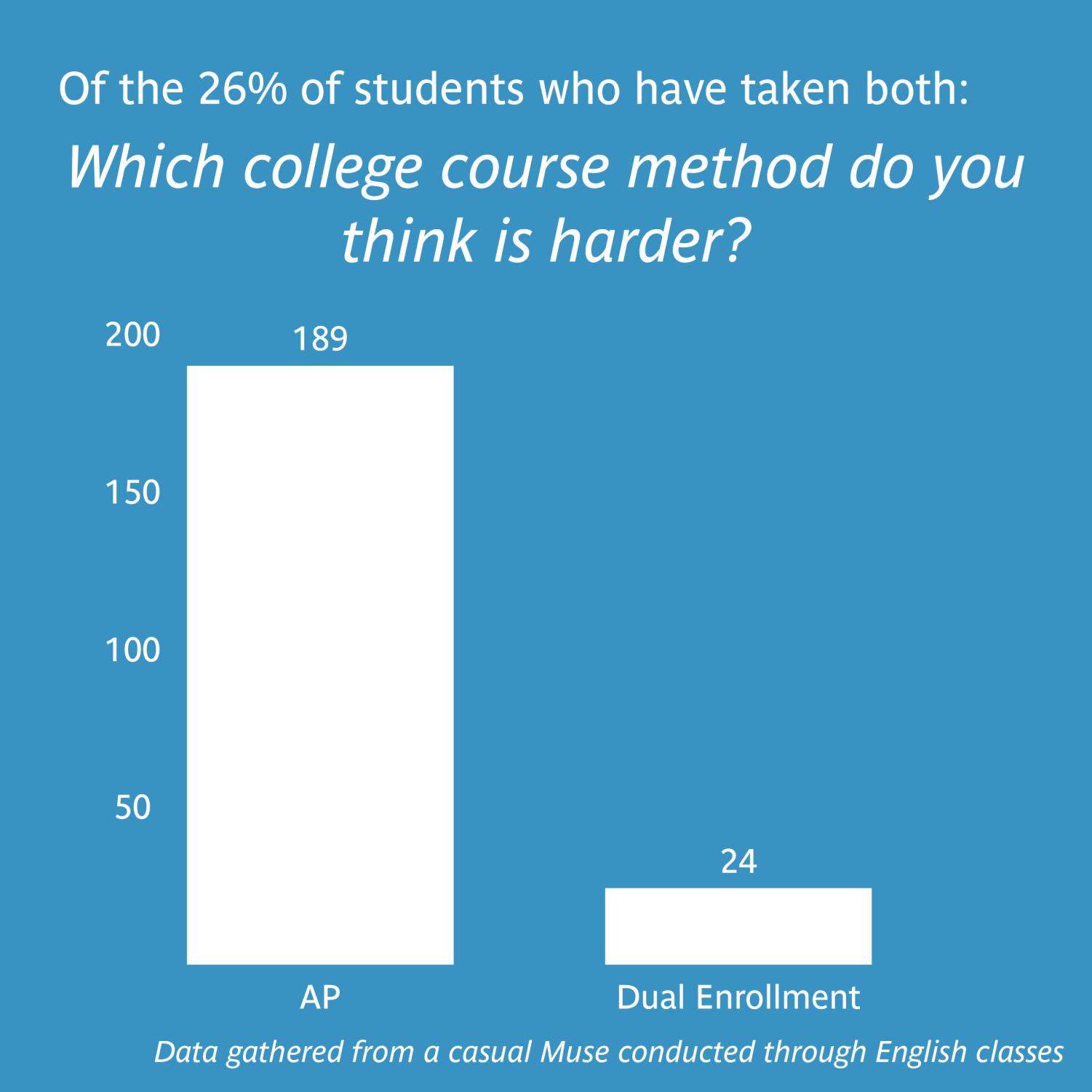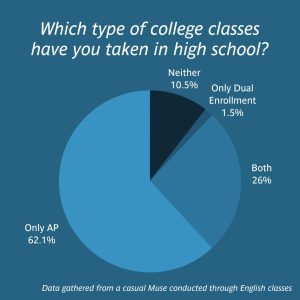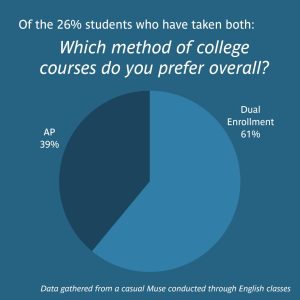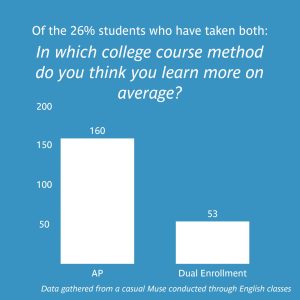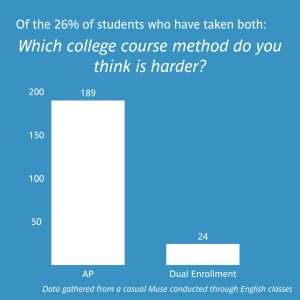AP
Advanced Placement classes promote student learning and are integral to educational accessibility
March 16, 2023
I took my first AP class freshman year.
I participate in the Advanced Placement program. I took AP Human Geography my freshman year, AP World History my sophomore year, and am currently taking 6 additional AP classes ranging from AP Biology to AP English Language & Composition.
The Advanced Placement program is the hallmark of educational non-profit College Board’s services, offering 38 for-credit classes and administering thousands of exams that, as College Board quantifies, are accepted by over 100 universities around the world.
The AP curriculum enables high school students across the nation to follow a standardized curriculum while preparing for exams in May. Even further, the accessibility of AP classes domestically is unmatched.
According to the AP Course Ledger, there are over 15,000 schools that offer AP in the United States in the 2022-2023 school year.
I’ve found the standardized nature of AP classes to be extremely helpful in learning course content. Not only is the curriculum the same regardless of the student, but it also means that more resources are accessible. This includes preparation books, online practice quizzes or exams, term flashcards and videos ensuring student understanding of AP course content.
For dual enrollment classes, that level of nationwide support and accessible resources is nonexistent.
Dual enrollment classes fail to rival the flexibility of AP courses due to availability on platforms like Florida Virtual School (FLVS), expanding the number of AP classes that can be taken and at one’s preferred pace as long as a student finishes in time to take the exam in May.
Having taken multiple AP courses on FLVS myself, including AP Psychology, I know firsthand the benefits that come from online instruction that can both earn AP credit and can be taken on my own terms. I can meet frequently one-on-one with teachers live, expand my course load, and complete assignments at a more manageable pace, all while obtaining course credit by passing the AP exam.
Beyond the accessibility of AP courses, there’s comfort in knowing that a student has room for error with AP; students are able to withdraw from in-person AP classes with no consequences on their ability to take equally rigorous classes in the future, giving them an opportunity to adjust their schedule to their circumstances and their needs. This differs from the policy of dual enrollment where a student is disqualified from taking additional courses at that institution if a student withdraws or does not pass the course.
It is clear that AP classes better weigh the needs over the convenience of dual enrollment, which sacrifice quantity for quality. Students are empowered to embrace the resources, opportunities, and simplicities of the Advanced Placement program, giving colleges a good frame of reference for rigorous courseloads and paving the path toward a lifelong journey of academic success.






















































